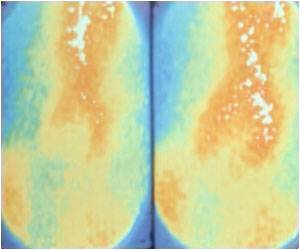The findings raise the question of whether hepatitis A originated in animals, like many other viruses that are now adapted to humans.

These findings raise the question of whether hepatitis A originated in animals, like many other viruses that are now adapted to humans. The research team discovered the new virus while investigating a deadly strain of avian influenza that killed over 150 harbor seals off the coast of New England in 2011. They observed that this new virus was genetically similar to hepatitis A and named it phopivirus.
Further analysis of additional animals living off the coast of New England identified phopivirus in seven more animals. In the natural history of phopivirus and hepatitis A, it is unclear whether a common ancestor (virus) spilled over from human beings to seals, vice versa, or from a third unrelated host that has not yet been identified. However various factors, including the fact that the phopivirus was found in different species of seals, suggest that the virus has been present in seals for a fairly long time.
The researchers now plan to look at species that have close interactions with seals to see if they can find other wildlife reservoirs of hepatitis A-like viruses.
The research appears in mBio.
Source-IANS















